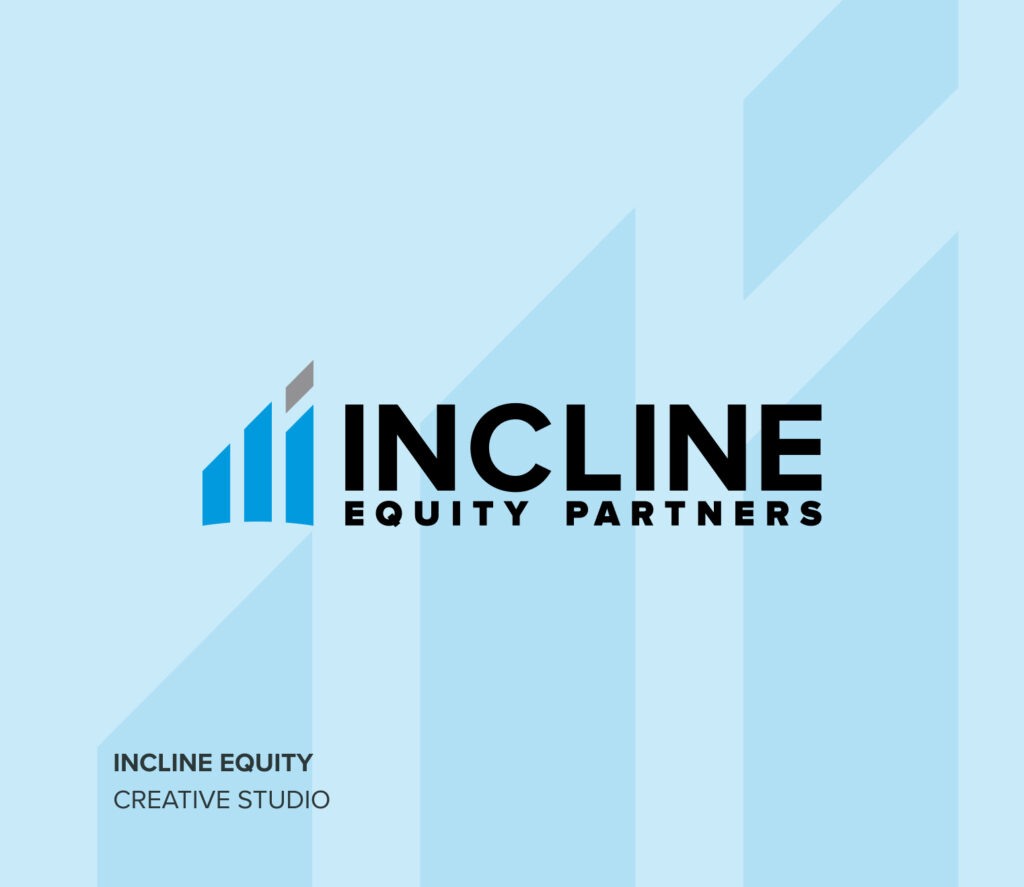From Legacy to Longevity: How Branding, Tech, and Transparency Future-Proof Family Offices
Family offices are entering a pivotal era. Over the next two decades, more than $84 trillion is expected to transfer from Baby Boomers and the Silent Generation to younger heirs, a moment now widely referred to as the “Great Wealth Transfer.” Despite the enormity of that figure, research consistently shows that the second generation loses 70% of family wealth and 90% by the third. The primary reasons aren’t poor investment decisions, but rather a reflection of poor communication, lack of preparation, and misaligned expectations between generations.
At Vested, we’ve partnered with several family offices to help them rebrand and reposition for the next generation, as well as a broad range of clients who target family offices as their core audience. We’ve seen firsthand how branding, digital strategy, and generational alignment are becoming essential. At the same time, broader economic pressures—like tariffs and changing trade patterns—make it harder to plan for the long term and make confident business decisions. But this isn’t just a financial conversation anymore. It’s about building the right mindset, tools, and ways of working to help the family office grow into a forward-looking, multigenerational institution. Family offices need to rethink how they communicate and define their role to stay relevant and responsible stewards of wealth. Here’s how they can rise to the challenge:
Building a Future-Ready Family Office
Millennials and Gen Z, as digital-native generations, expect seamless digital experiences in every area of life—including wealth management. For family offices, this means that technology is no longer a luxury but a necessity. Secure digital platforms can provide younger family members with direct access to investment portfolios, real-time performance dashboards, and impact reports—building transparency and trust without delays or intermediaries. To keep future generations engaged and informed, family offices must adopt digital tools that simplify operations, personalize financial education, and foster ongoing participation.
According to a 2023 Nasdaq article, 86% of next-gen family members are already involved in their family offices to some degree. However, involvement doesn’t equal preparedness: research by Dr. Dennis Jaffe shows that 67% of heirs still feel unready to manage their future wealth. Tools such as real-time reporting dashboards, secure communication platforms, and AI-powered analytics can help bridge this confidence gap. As family offices confront a landscape shaped by generational transitions and global uncertainty, embracing modern technology is essential for sustaining relevance, trust, and long-term continuity.
How Branding Shapes Family Legacy
Parallel to internal operations, family offices must present themselves intentionally to younger members and the outside world. A next-generation investor wants to know how capital is being preserved and why it’s being preserved. Increasingly, that “why” must be grounded in purpose. Millennials and Gen Z value impact, inclusion, and sustainability more than their predecessors, and they expect their capital to reflect those priorities.
For many offices, that means articulating a straightforward, values-based narrative that transcends returns. It’s not just about having a modern website or issuing annual letters; it’s about ensuring every touchpoint conveys alignment, trust, and a shared mission. Language, tone, and design all affecthow younger members see themselves reflected in the office’s voice.
Meeting the Expectations of the Next Generation
While legacy generations may have prioritized stability and discretion, the rising generation of family office participants brings different priorities. One of the top-line priorities includes transparency, as next-gen members expect real-time access to data and decision-making and are more inclined to question opaque structures or limited information sharing.
There is also growing demand for impact investing. A Wealth-X report found that 34% of next-generation inheritors are more likely to pursue growth and mission-oriented investment strategies, with many willing to take a greater risk in exchange for the ability to back causes and ventures that align with their values.
The next generation is also reshaping effective governance. Younger family members want a seat at the table earlier and often prefer collaborative structures that allow their input to be heard and valued. However, disconnect remains: according to Truist Wealth, only about 22% of individuals under age 25 have formally discussed their family’s wealth transfer plan.
Conclusion
Communication, technology, and establishing a family “brand” are vital for building a multigenerational vision. The most forward-thinking family offices embrace this moment by deploying modern tools, implementing strong governance, and leading with empathy and transparency.
Data points may help tell the story of what’s happening, but communication focused on honesty, inclusivity, and consistency is what will ultimately determine whether family wealth endures or dissipates. As the Great Wealth Transfer accelerates, those who focus on transparency and relationships as much as returns will be best positioned to carry their legacy into the future.


